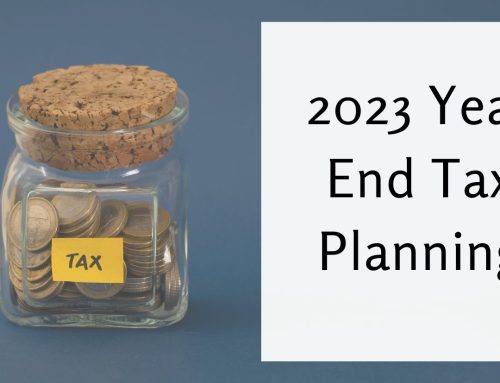With effect from 1 November 2018 there are new rules governing long service leave (LSL) entitlements for employees within Victoria provided that the worker is not specifically excluded. Every employer who employs a person in Victoria and every employee in Victoria needs to understand the current rules regarding Long Service Leave entitlements as set out under the new Long Service Leave Act 2018 (Vic). We have set out below what we believe to be the major points to note. If you require further information regarding the changes to Long Service Leave entitlements you can contact our office.
- Who is covered under the Long Service Leave Act 2018?
As a starting point all Victorian employees will be covered by the Act unless they are excluded because their long service leave (LSL) entitlements are determined under an alternative legislative instrument or Act (e.g. another Act of Parliament, an enterprise agreement, an award dated pre 1 January 2010).
Importantly, any LSL terms in an employment agreement made under the Fairwork Act from 1 January 2010 will be invalid to the extent that the LSL provision are inferior to those under the new Act and the provisions of the Act will apply.
2. When do Employees Become Entitled to LSL?
After at least 7 years of “continuous” employment with one employer, an employee is entitled to:
(i) Take their LSL; or
(ii) Be paid any unused LSL entitlement if that employment relationship ends.
The term “continuous employment” becomes a key term in determining LSL entitlements. Continuous employment in the majority of cases will simply be the employee’s employment start date and employment end date. However, under the Act certain leave or absences will not be considered to have broken an employee’s continuous employment. The following leave or absences will NOT be taken to have interrupted or broken the employee’s continuous employment:
(i) Any paid or unpaid absence from work for any duration because of illness or injury
(ii) Annual leave
(iii) Paid or unpaid parental leave for full-time or part-time employees
(iv) If an employee resigns or is terminated but then re-employed within 12 weeks then the employment will remain unbroken for the purposes of LSL
(v) For apprentices, if the employment ends because of the completion of the apprenticeship but the apprentice is re-employed within 52 weeks the employment remains unbroken for the purposes of LSL
(vi) All periods of paid leave count towards the period of continuous employment (e.g. annual leave, carer’s leave, LSL etc)
(vii) The first period of up to 52 weeks unpaid leave counts towards the period of employment
(viii) Unpaid parental leave of up to 52 weeks will count towards continuous employment for the accrual of LSL entitlements. No amount of paid or unpaid parental leave will break the continuous employment for LSL purposes.
3. What is the minimum period of LSL an employee can take?
Under the new Act, from 1 November 2018 the minimum time that an employee may take as LSL is now 1 day.
4. How is LSL Calculated?
The standard calculation for the accruing of LSL entitlements is as follows:

5. How is Payment for LSL Calculated?
An employee’s LSL payment is based on the following formula:

Ordinary pay is the actual pay an employee receives for working his or her normal weekly hours at the time the leave is taken (or when employment ends). Ordinary pay will normally exclud most allowances, penalty rates or occasional overtime rates. Special rules apply where weekly hours vary and/or where there is no ordinary time rate of pay.
Should you have any queries, please do not hesitate to contact our office.





